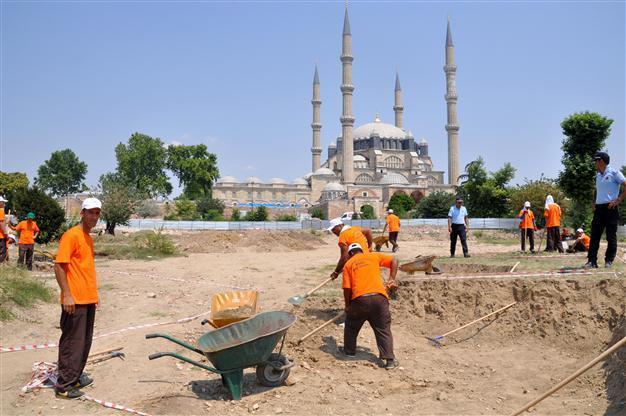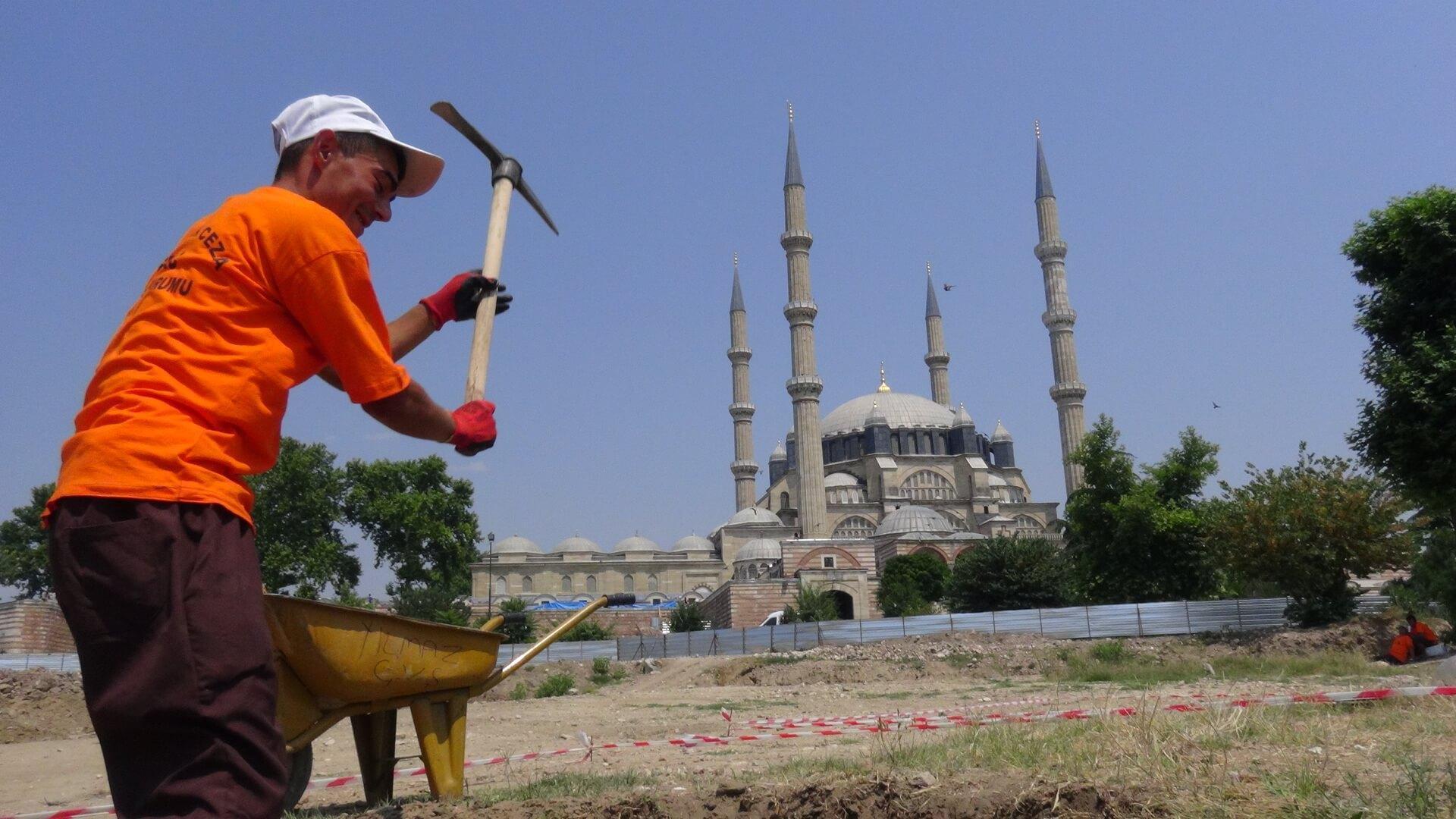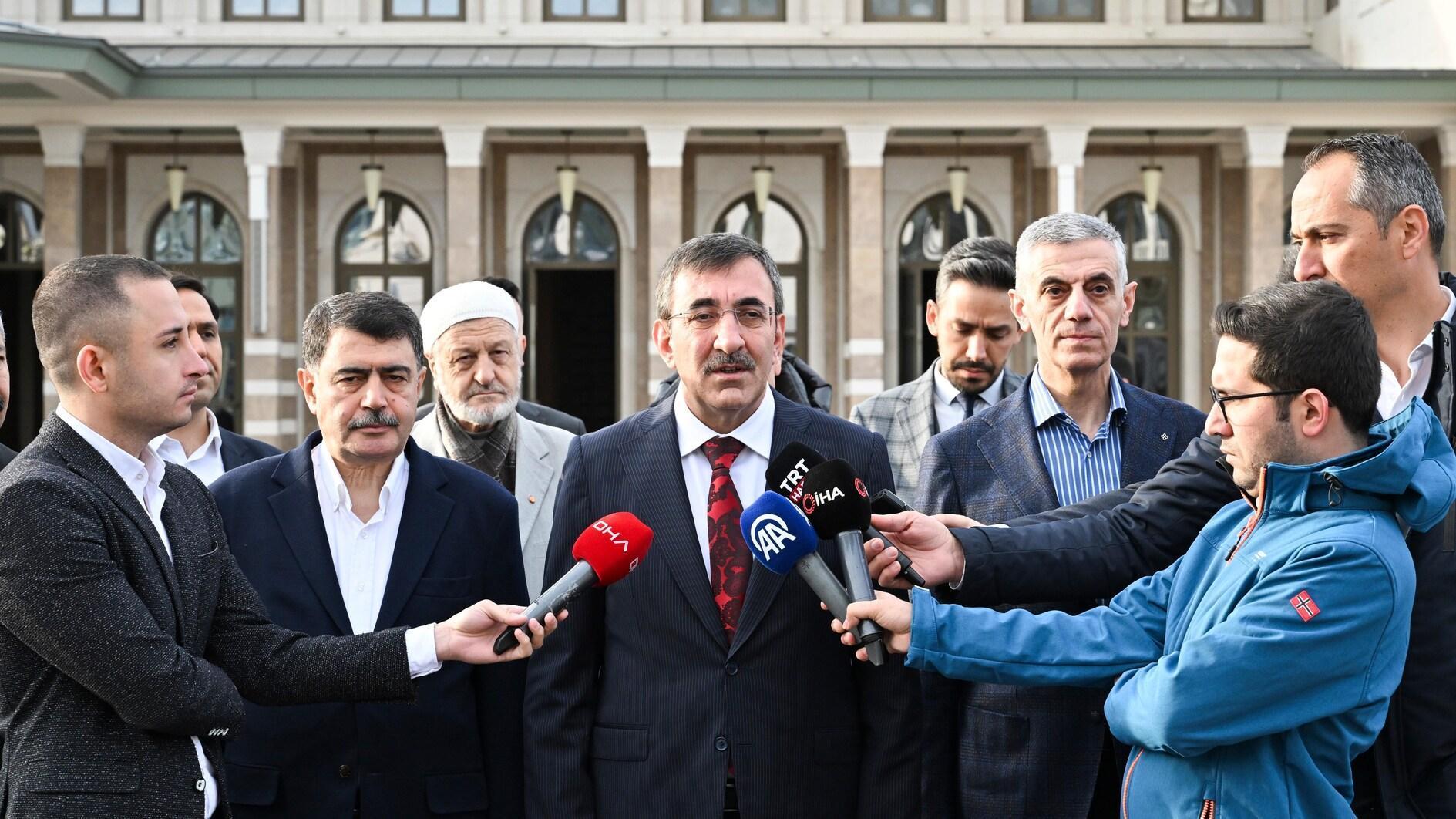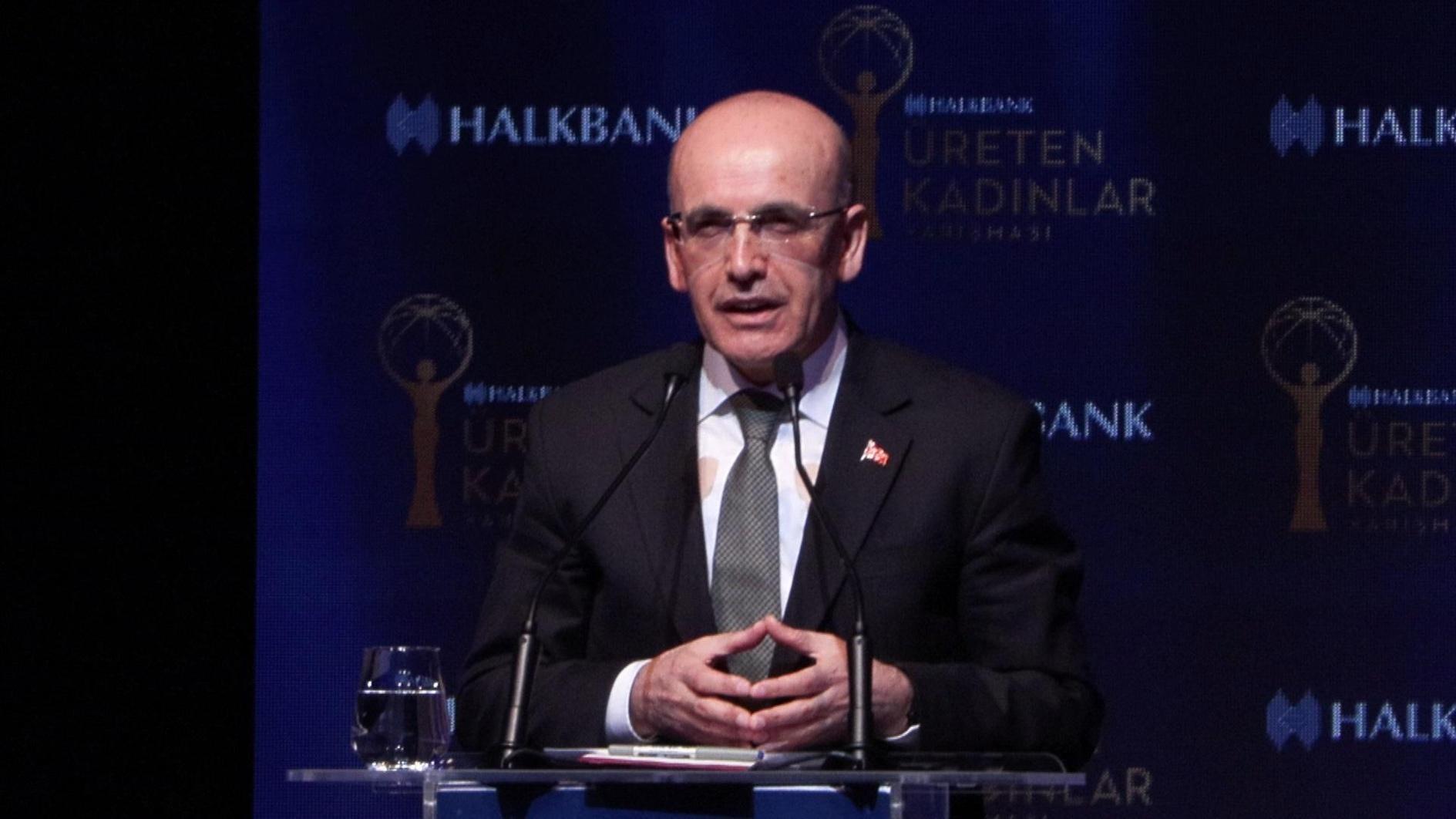Convicts work as excavators in Selimiye Mosque garden
EDİRNE – Doğan News Agency

Cihan Photos
Convicts have been used to work on the excavations of the Yemişçi Kapanı Ottoman Inn, which is located in the garden of the iconic Selimiye Mosque, a UNESCO World Heritage Site since 2011.Some 50 convicts from Turkey’s northwestern province of Edirne’s open prison have started working at the Yemişçi Kapanı Ottoman Inn recovery excavations and landscape work project with the aim of unearthing the inn, which is more than 400 years old, without harming the nearby mosque.
The excavation project, which is being conducted by the Edirne governorate and municipality, initially started with 50 workers assigned by Turkey’s employment agency, İŞKUR, which took over the costs of the workers, but when the workers’ allocation date expired, Edirne Gov. Dursun Ali Şahin pitched in to bring convicts to work at the dig.
The inmates, who wear orange colored t-shirts, are watched over by jail wardens while working on the excavation with the necessary digging tools.

DHA Photo
The Yemişçi Kapanı Ottoman Inn, which was built in 1588 as an endowment to supply money to the Selimiye Mosque, was used as a place to sell fruits and vegetables. The inn was damaged greatly after an earthquake in 1752 but was used for many years after undergoing a restoration.
Şahin said the suggestion to bring in the inmates had come from him, adding the convicts would better reintegrate into society by working on the project.
“I made this suggestion. First of all, the convicts’ insurance fees will be paid with a very small amount of money. Secondly, it will benefit their reintegration into society,” Şahin said.
The inmates are brought to the excavation area early in the morning and work eight hours a day, while receiving only 5 Turkish Liras as their daily wage.
There is agriculture, stockbreeding, baking, tailoring, carpentry and tea house facilities at the Edirne open prison, where the inmates serve their sentences. Goods manufactured at the jail are sold at the jail’s own cafeteria, other jails in the Marmara region and shops near the open jail in downtown Edirne.
The Selimiye Mosque was built by Mimar Sinan, also known as Sinan the Architect, on the command of Sultan Selim II between 1569 and 1575. The Selimiye Mosque, which Mimar Sinan referred to as his “masterpiece,” hosts thousands of local and foreign tourists every year. The number of tourists increased after the mosque was listed as a UNESCO World Heritage Site in 2011.

















